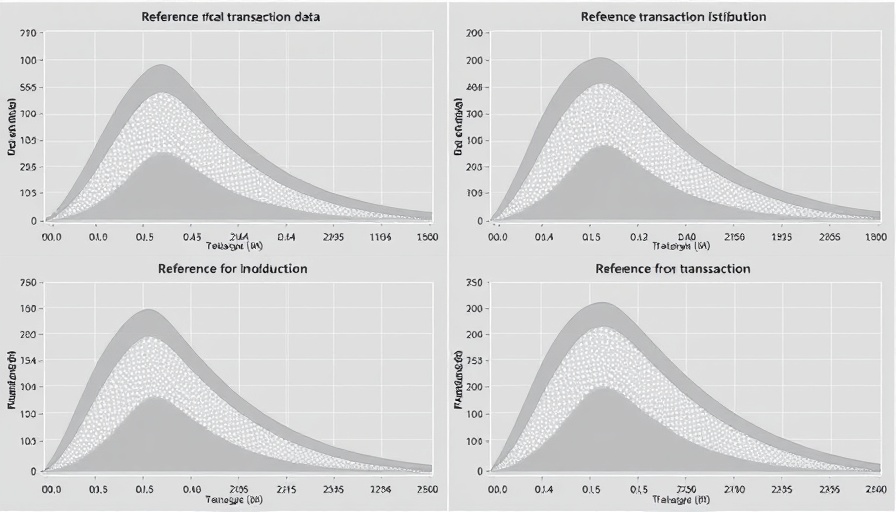
Understanding Model Drift: The Silent Threat to Your Business
In today’s evolving landscape of artificial intelligence (AI) and machine learning (ML), organizations increasingly depend on sophisticated algorithms to make decisions and drive efficiencies. However, what happens when these models no longer function as intended? This phenomenon, termed model drift, can silently erode the effectiveness of ML systems, leading to dire consequences for businesses.
The Critical Importance of Monitoring Your Models
As highlighted in current analyses, including insights from Towards Data Science, undetected model drift is not merely an inconvenience; it can manifest as significant financial losses, operational inefficiencies, and a damaged reputation. The financial prospects of an enterprise may be compromised if models responsible for fraud detection or customer insights succumb to drift. For instance, a drop in a model’s accuracy could lead to missed opportunities or erroneous decisions that can set a company back. Thus, the crux is clear: rigorous monitoring systems are indispensable.
Types of Model Drift: Feature Drift vs. Score Drift
It’s essential to delineate between the two main types of model drift—feature drift and score drift. Feature drift occurs when the underlying distribution of a feature shifts over time, which might alter the relationships models have learned. Score drift, conversely, refers to the changes in the output predictions of the models. Unless these shifts are recognized and corrected promptly, businesses could face severe repercussions.
How to Detect and Prevent Drift
To stave off model drift, organizations can deploy various monitoring techniques as discussed in detail by TELUS Digital. These include statistical tests such as the Kolmogorov-Smirnov test, Population Stability Index (PSI), and F1 scores that help in identifying discrepancies in model performance. Implementing these metrics aids in predicting and detecting discrepancies in real-time. However, having effective detection measures in place is just the beginning.
Additional strategies to tackle model drift involve regular retraining of models with updated data, accurately labeling data to avoid drifting and leveraging MLOps (Machine Learning Operations) practices. By automating the model monitoring process, businesses can effectively cut downtime and reinforce trust in their AI systems.
Thinking Long-Term: Sustainability in AI
Organizations must regard the management of model drift as an integral part of their overall AI strategy. Continuous evaluation and tuning must be adopted to ensure that models remain relevant and resilient. Techniques such as integrating human oversight or adopting online learning frameworks can empower your AI models to adapt dynamically to new signals and market conditions, thus anticipating shifts in real-time.
Final Thoughts: The Future of AI and Business
The devastating consequences of model drift underscore the necessity for robust, proactive monitoring systems. By correctly identifying and managing drift, organizations not only safeguard their investments but also enhance their AI’s credibility and reliability in the long term. Keeping your models under vigilant observation is not just a technical requirement but also a strategic imperative in the age of digital transformation.
For businesses navigating the complexities of AI, it is imperative to invest in solutions that enhance model observability and performance monitoring.
 Add Row
Add Row  Add
Add 




Write A Comment